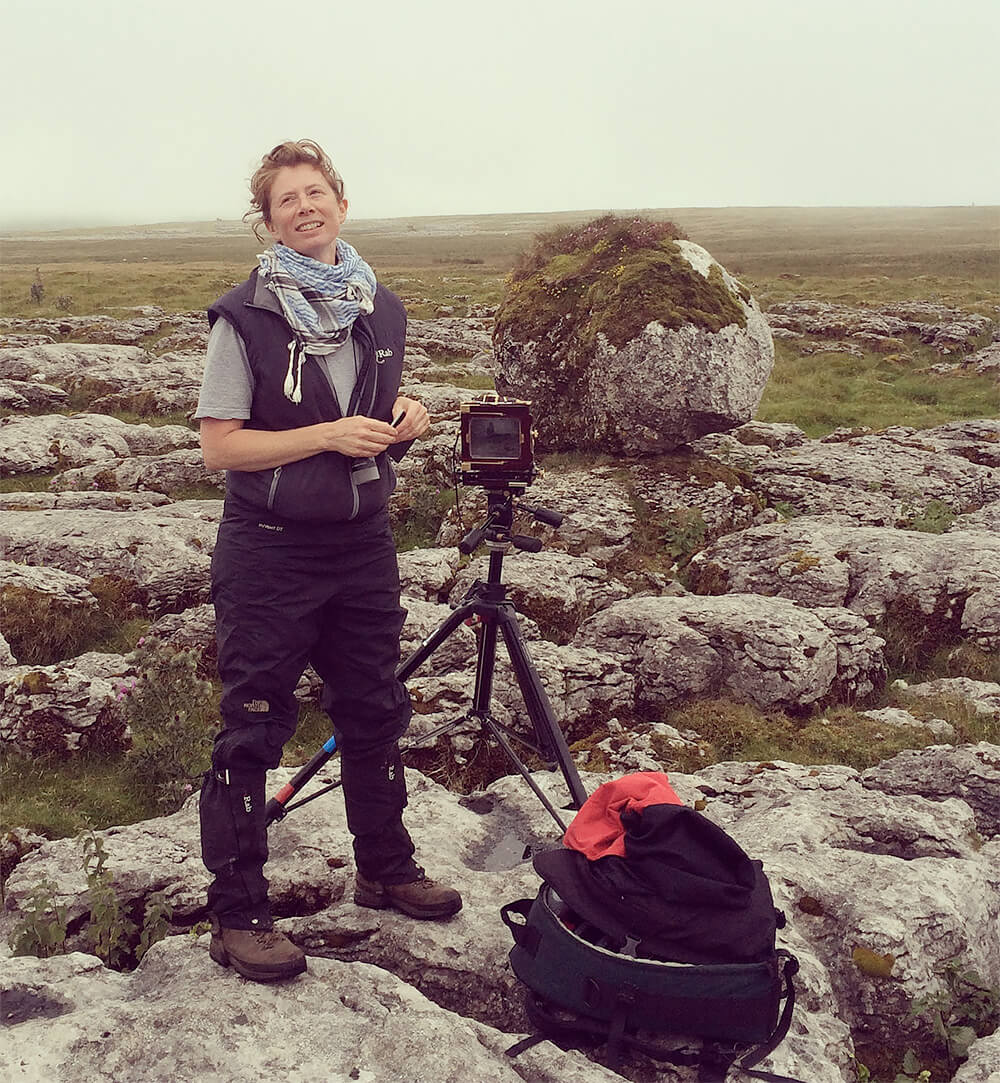Lottie Davies was born in Guildford, UK, in 1971. After a degree in philosophy at St Andrews University in Scotland, she moved back to England and has since been based in London and Cornwall as a photographer, artist and writer.
Davies has won recognition in numerous awards, including the Association of Photographers' Awards, the International Color Awards, and the Schweppes Photographic Portrait Awards. Her work has garnered international acclaim; Quints ('Memories and Nightmares') won First Prize at the Taylor Wessing Photographic Portrait Awards 2008 at the National Portrait Gallery in London, Viola As Twins won the Photographic Arte Laguna Prize in Venice in 2011, and she won the Young Masters Art Prize in 2012.
Davies' work is concerned with stories and personal histories, the tales and myths we use to structure our lives: memories, life-stories, beliefs. She takes inspiration from classical and modern painting, cinema and theatre as well as the imaginary worlds of literature. She employs a deliberate reworking of our visual vocabulary, playing on our notions of nostalgia, visual conventions and subconscious 'looking habits', with the intention of evoking a sense of recognition, narrative and movement. Sandy Nairne of the National Portrait Gallery in London has described Davies' work as "brilliantly imaginative".
Quinn: A Journey
